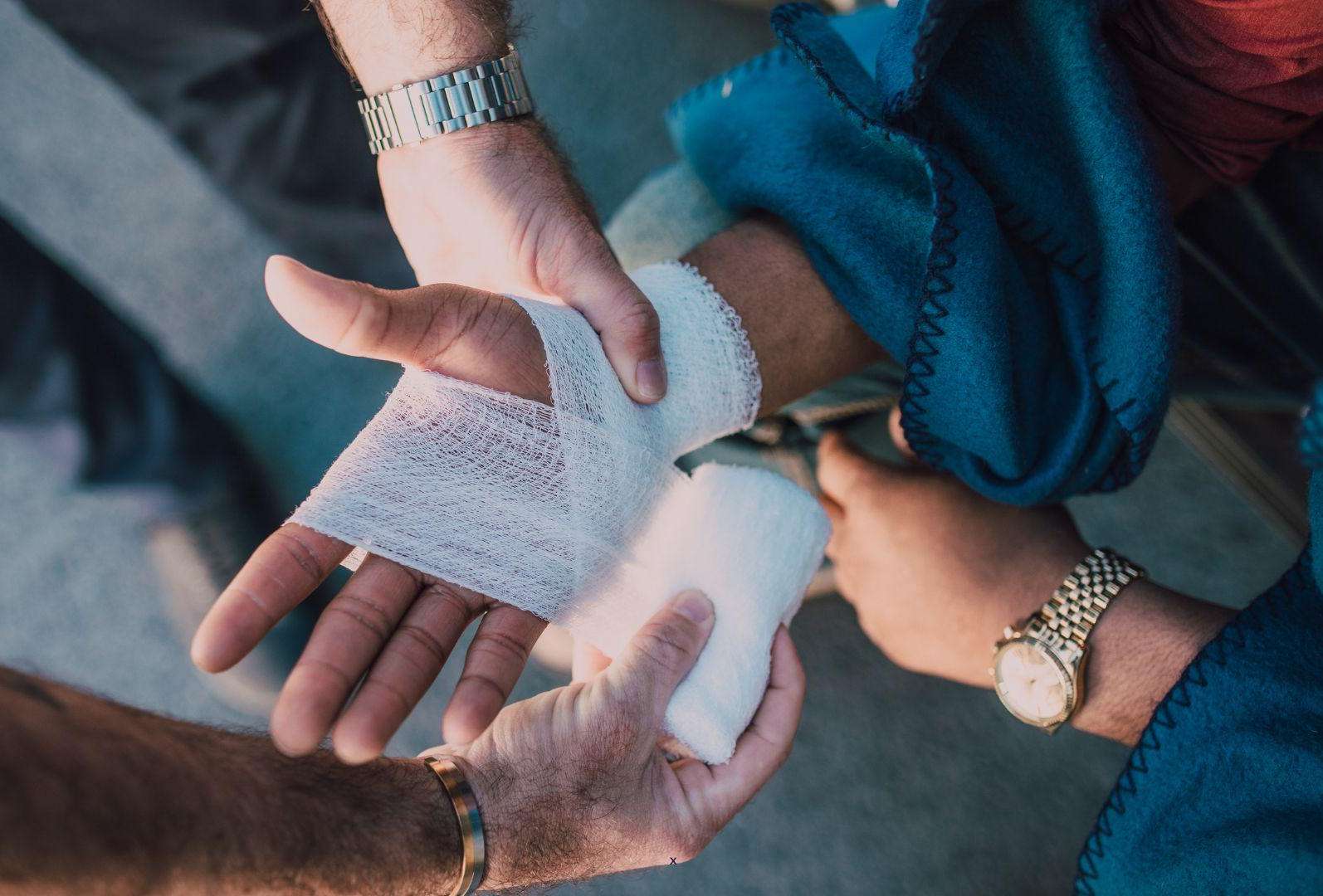12 Jun 2025
The link between DEI and personal injuries in the workplace

Share
Workplace safety has typically been managed via risk assessments and prevention protocols. However, this perspective tends to overlook a critical component that influences many injury patterns and outcomes: the connection between diversity, equity, and inclusion (DEI) factors and workplace safety. It’s a vital area of concern for businesses who are committed to protecting their workforce comprehensively.
Research frequently shows that personal injury risks aren’t distributed equally. Employees from underrepresented groups typically face disproportionate exposure to hazardous conditions and encounter barriers when it comes to reporting concerns or seeking post-injury support.
These inequalities certainly stem from technical safety oversights, but also from deeper systemic inequities that are embedded within policies and cultures. Truly safe workplaces need to be both technically sound and fundamentally equitable – here’s why, and how companies can achieve it by prioritising DEI efforts within their safety protocols.
How DEI oversights increase the risk of workplace injuries
DEI issues and injuries may not be a connection you immediately think of, but there’s a closer link than many realise. Here are some of the ways they can manifest.
Unequal access to training
Critical safety information can often fail to reach all employees due to language barriers, culturally insensitive training materials, or biased selection processes that favour certain groups for advanced education. It’s a disparity that creates pockets of vulnerability throughout the workforce and can put certain people at a higher risk than others.
Marginalisation and voice suppression
Employees from underrepresented groups frequently feel less empowered to report hazardous conditions or unsafe practices because of power dynamics and internal hierarchies. When workers don’t believe their concerns will be addressed fairly, or they worry that speaking up will jeopardise their position, dangerous situations can persist.
Research carried out in 2024 by the Bureau of Labor Statistics and the U.S. Census Bureau found that Black and Hispanic workers reported the most unease about reporting unsafe working conditions, compared to other ethnic and racial groups.
Workplace design
This is another concerning factor, often lacking inclusivity that fails to account for the diverse physical needs and characteristics of all employees, which leaves the potential for environments that are inherently more hazardous for certain individuals. Such an oversight can manifest in everything from equipment sized for a limited range of body types to procedures that don't accommodate different physical capabilities.
Implicit bias
Holding certain attitudes towards people without being consciously aware of them can frequently influence task assignments and workload distribution. Managers and decision-makers may unconsciously direct higher-risk activities toward particular demographic groups or overburdening certain employees. This leads to fatigue and the increased likelihood that accidents and injuries will strike. These shortcomings create systemic vulnerabilities that place specific groups at disproportionate risk.
The impact of workplace culture on reporting
Feeling able and knowing how to report personal injuries plays a critical role in preventing future accidents, but it’s a process that’s deeply connected to workplace culture. Just as you’d want to create an environment where staff feel comfortable sharing ideas or being true to who they are as people, the same can be said of reporting incidents.
Staff need to feel safe and trust those around them to know that their reports will be taken seriously and handled fairly. Only then can they feel like active participants in creating a safer workplace.
There are many organisational factors that come into play when it comes to undermining trust and transparency. Unconscious bias, for example, often influences how accidents are investigated and who ultimately bears responsibility for them. This might take the form of stereotypes about certain roles or demographic groups, or it might manifest as unfair assumptions that distort the investigation process.
Fear can also represent a significant barrier to honest and timely reporting when an incident takes place. Many employees hesitate to report injuries because they’re concerned about potential retaliation, like being labelled as a troublemaker, or experiencing discrimination. This reluctance prevents the organisation from addressing immediate safety concerns and it could obscure patterns of systemic issues that require intervention.
Building a safer, more equitable workplace
Organisations that are committed to workplace safety need to recognise that genuine safety only occurs when initiatives are integrated with diversity, equity, and inclusion principles. The first step is to review existing safety protocols through a DEI lens, from hazard assessments to incident reporting procedures.
This allows for any hidden assumptions or biases that inadvertently place certain groups at higher risk to be resolved. Inclusive and accessible training should also be available to all, incorporating various learning styles and available in multiple languages so that no employee is left at risk.
An area of staff safety that’s often neglected is psychological care. Fostering open communication and transparency helps to develop a work environment where employees feel safe to voice their concerns without judgement or ridicule, but this requires active input from all levels of the organisation, especially at the highest level. Staff need to know that their suggestions and worries will be handled quickly and constructively, so that the whole company can benefit from a broader range of experiences and viewpoints.
Finally, ensure that employees have equitable access to post-injury support and accommodations. This acknowledges that recovery experiences differ across the workforce. This might look like developing flexible return-to-work programmes, providing comprehensive healthcare resources, and accommodating various needs without stigma or discrimination. Through these concerted efforts, companies can build workplace environments that rightly prevent injuries effectively but also ensure safety benefits are shared equitably across their entire workforce.


